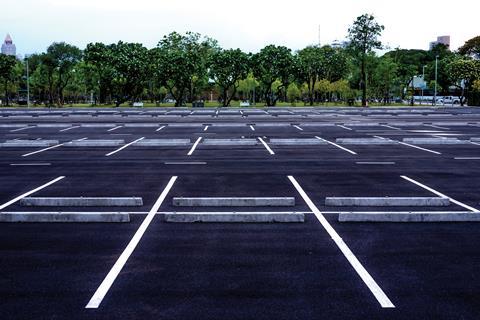Editor: In 1970, Joni Mitchell’s hit ‘Big Yellow Taxi’ proclaimed “they paved paradise and put up a parking lot”. Perhaps it is time to revisit this.

As custodians of the built environment, we must consider all options to help get the economy moving again and bring energy back to our towns and cities. Car parks may hold the key. The UK has some 20,000 non-residential car parks, many of which are now underused with huge potential to be repurposed.
It is not a new concept. In 2015, Peckham Levels in south London was converted from an empty car park into a vibrant seven-storey, part-indoor/part-outdoor hub with community workspaces, creative studios and a raft of food and beverage outlets.
Meanwhile, in the past few months, we have seen pubs, cafés and restaurants transform parking spaces into outside areas and pick-up spots that facilitate social distancing, as well as an increase in pop-up markets and events that allow these spaces to be monetised.
Our US counterparts have also seen swathes of retail parking utilised for outdoor fitness classes, testing centres and homeless shelters, as well as the rise of the ‘drive-in’ economy.
Beyond short-term solutions, there is a significant opportunity to redevelop these spaces into mixed-use hubs that blend housing with retail and cultural spaces, with greatly reduced parking provision. This aligns with the wider sustainability drive to reduce car use and also dovetails with the 15-minute city concept, where people can work, shop and relax within a 15-minute walking or cycling distance of home.
I firmly believe this is where the future of development and cities is heading, with car parks playing their own unique part.
Federica Buricco, associate, CallisonRTKL





























No comments yet